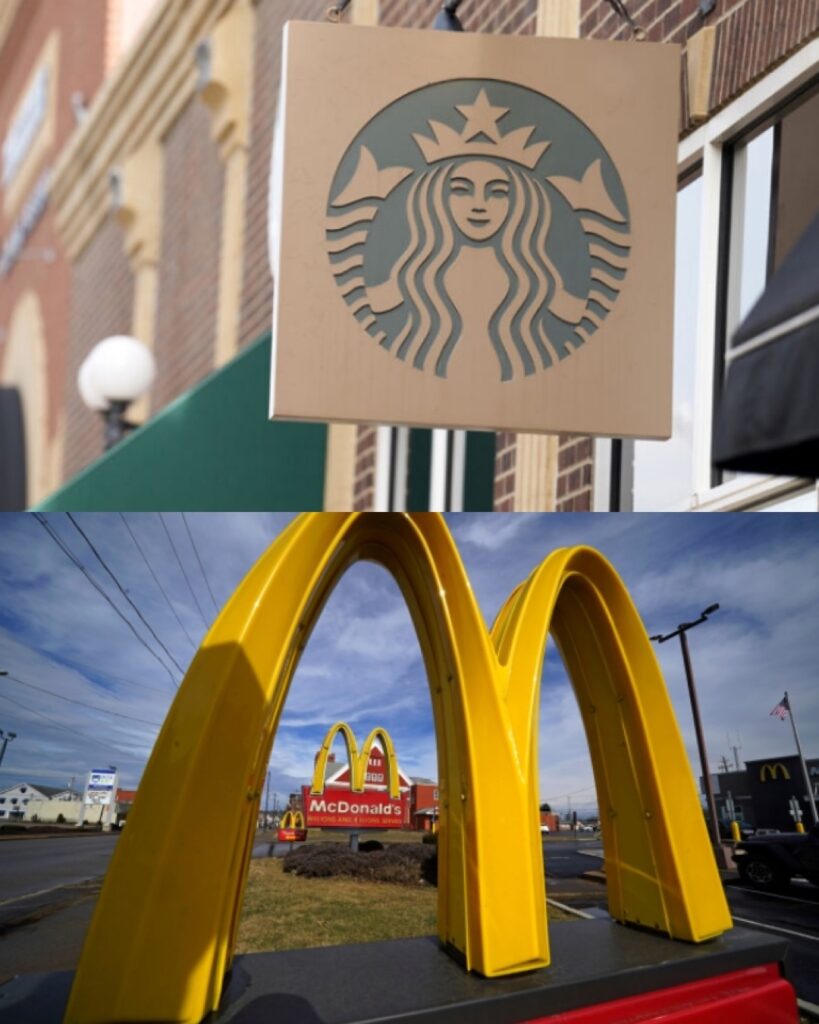
The Wall Street Journal reported on the 5th (local time) that after the COVID-19 pandemic, food companies raised prices sharply, expecting their customers’ loyalty to remain unchanged, but were shunned by some consumers.
The pace of U.S. food growth has slowed over the past year, but prices are still high compared to before the pandemic. According to U.S. Department of Labor statistics, U.S. food prices rose 26% in March this year compared to 2019, with fast food prices such as Wendy’s and McDonald’s rising 33% over the same period.
The reaction of consumers who are burdened with food and beverage prices was reflected in the market.
According to a survey conducted by market research firm Levi’s Management Solution, the floating population of fast food restaurants in the U.S. decreased by 3.5% in the first quarter of this year compared to the same period last year. McDonald’s earnings per share in the first quarter of this year was $2.7, lower than the market estimate of $2.72.
Starbucks also said in its earnings announcement on July 30 that its overall U.S. store sales plunged by 7 percent in the first quarter. Sales at the same store shrank by 4 percent year-on-year.
David Michael, a 58-year-old lawyer living in Eldorado Hills, California, told the media that he ate McDonald’s every week but has not gone away for several months since he saw the price of soda rise from $1 to $1.69 recently. Starbucks also stopped drinking tall café mocha after the price rose to $5.25. “Honestly, it’s not too much to handle, but I can’t accept the fact that it’s almost twice as much as before,” he said.
The WSJ pointed out that if consumers who felt burdened by the price of eating out in the past mainly looked for alternatives at supermarkets, it is worth noting that sales of some large food companies are also declining recently.
According to market research firm Numurator, U.S. consumers purchased groceries at an average of 20.7 retail stores between March last year and February this year. This is a sharp increase from 16.8 four years ago.
Companies are changing their strategies by offering discounts at the expense of changing consumers’ attitudes. McDonald’s and Starbucks are planning to launch more promotions, while Mondeliz is planning to introduce products with reduced volume and lower prices along with price discounts.
Large food and beverage brands had the image of less burdening consumers with cheap prices. Companies also felt burdened by inflation and raised prices, but the heavy burden on consumers is inevitable. In order to attract consumers again, companies have to perform various marketing campaigns. Consumers are also aware of inflation. It is not to lower unconditional prices, but to make sure that consumers do not feel too burdened.
JENNIFER KIM
US ASIA JOURNAL



